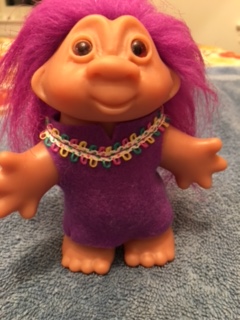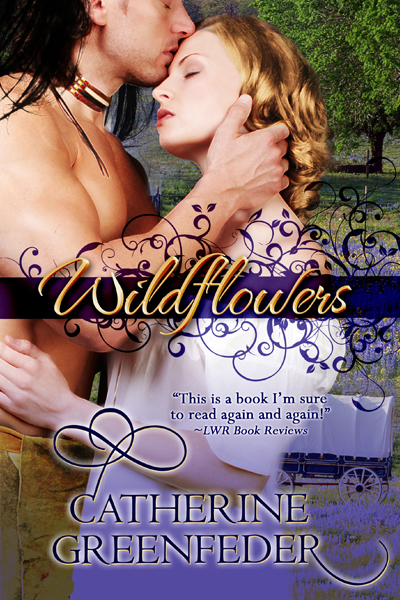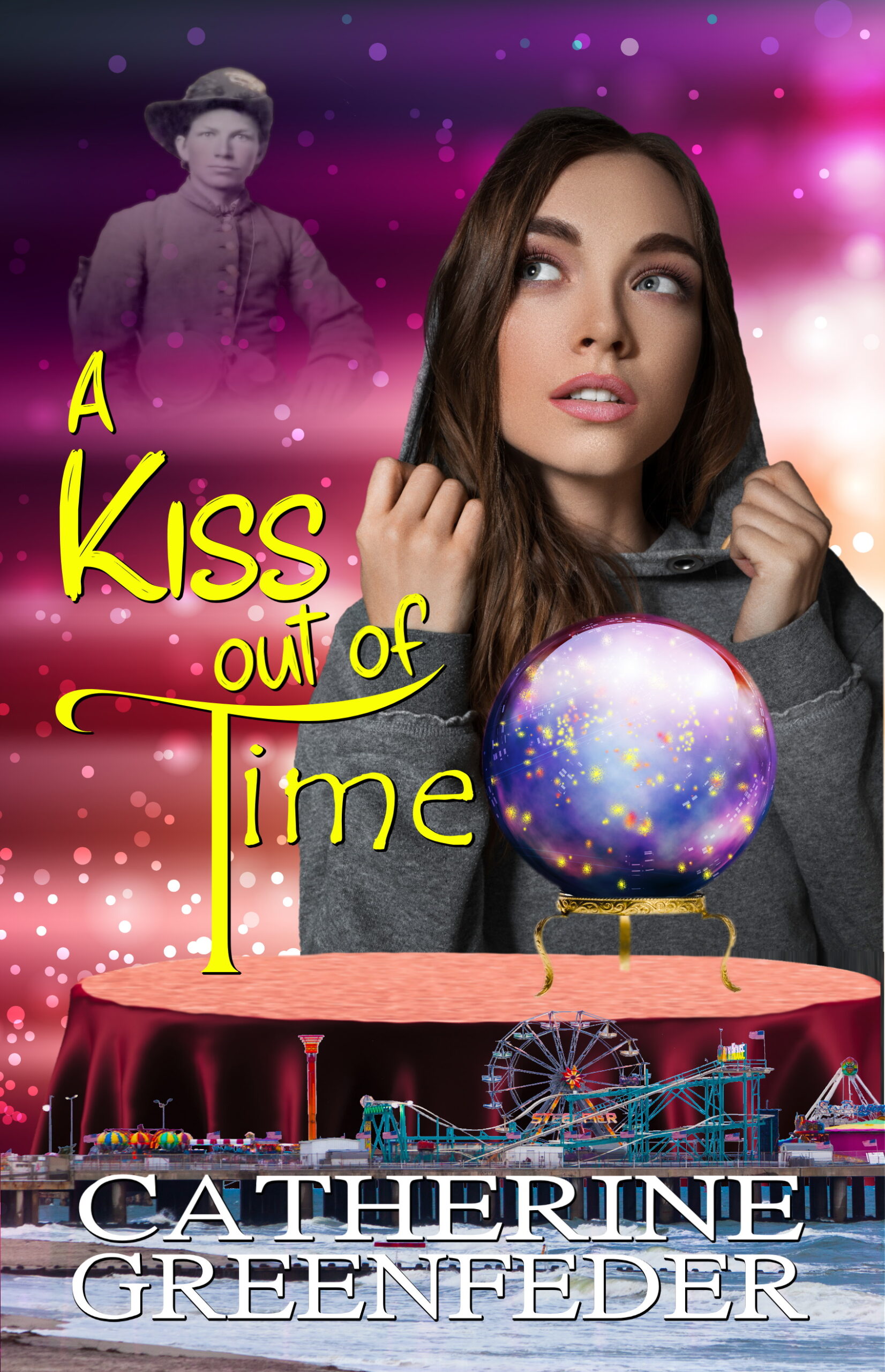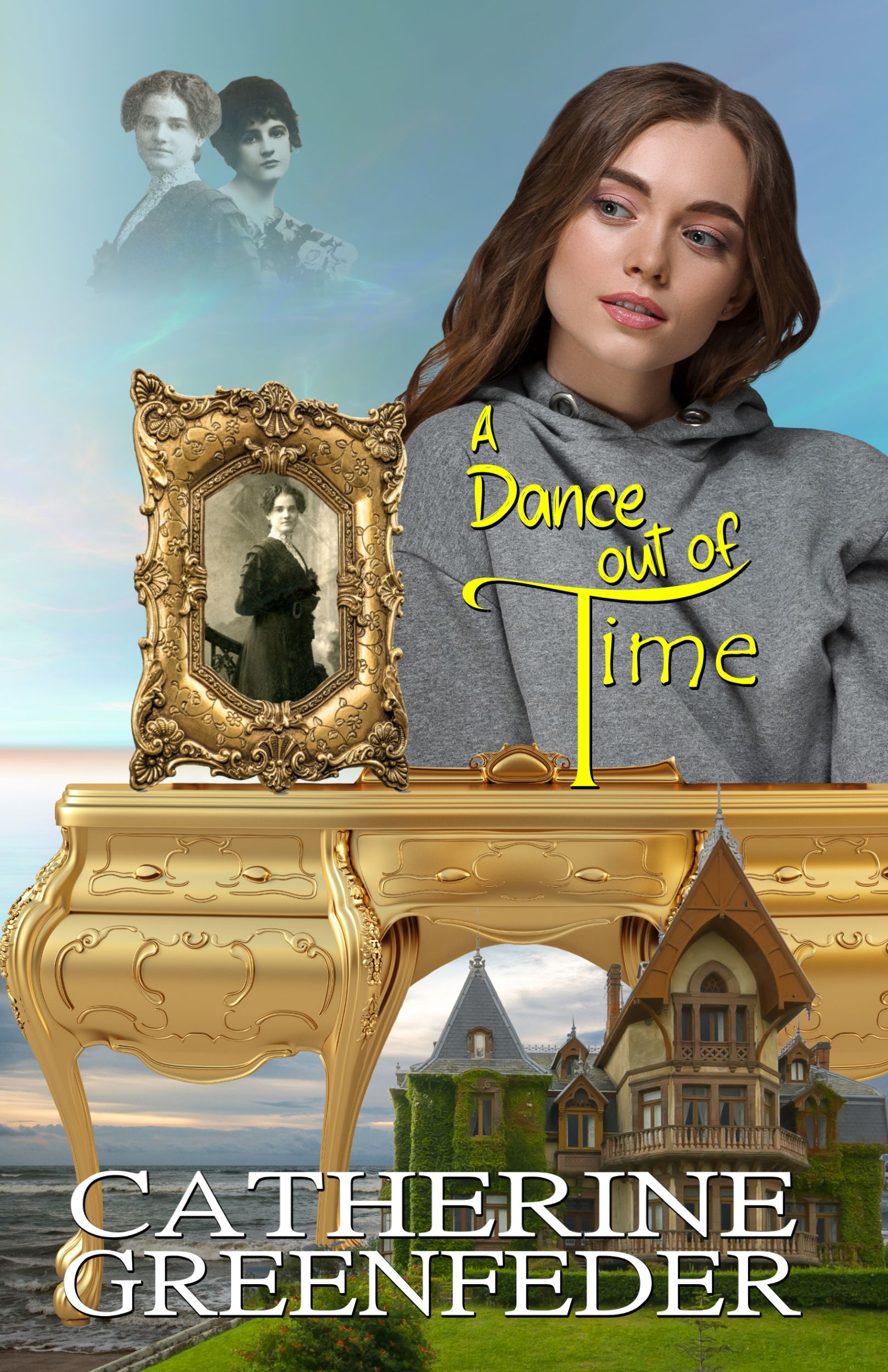Writing a journal is writing for oneself, unless of course, you decide to share or publish the journal or its parts. Over the years, I have written many journals. Some were during travels, some were more diary type entries, a few contained poems or anecdotes, and some were pure venting on paper. In her book The Artist’s Way, Julia Cameron suggested “morning pages” which are three pages written soon after waking up. You write in a stream of consciousness way without stopping or worrying about grammar and spelling. I found that the discipline of writing “morning pages” is a good one. It helped me to vent on paper, put down ideas for stories or poems, and get in touch with my muse. I sometimes set an alarm for a few minutes and wrote as much as I could in that time. Some days it proved frustrating, but on others it was hard to stop when the timer went off. Today when I work on a story, I sometimes set a goal of writing so many pages or for so much time, and it is the same thing. Either it’s frustrating not to get to that goal and do enough in the time, or I want to write more but had to stop. Yet, I remind myself that it is still writing, and as such, it can be revised and edited later.
I recently read some of my old journals, and it felt like a trip down memory lane. Some of the concerns or worries I voiced then are not that different from now, and some seem silly and supercilious, and that reminded me that all things pass whether good or bad. Reading about travels I took brought me there whether it was a cafe in Paris or venturing along the wilderness in Alaska. I have albums with photos, but reading the words enhanced those pictures. I am hoping to combine words and pictures in future blogs to share about some of my adventures.
Another suggestion given to me long ago is that of the dream journal. I keep a small journal by my bed, and when I wake up I try to write down what I dreamed about. I have one of those dream encyclopedias nearby as well. However, I believe that dreams are so personal and can best be interpreted by the dreamer. If you notice patterns for instance, there is a message in the dream, or there are symbols in what is dreamed. So, now when I record dreams, I also try to interpret them. Similar to the “morning pages”, the writing has to occurr right away upon waking. Otherwise, the dream fades from memory.
Writing a travel journal is fun. I don’t always do so, but when I do, I like to write down not only about the places and people I meet but also special events or reflections on the time. When I returned to Paris the summer of 2016, I looked back at a travel journal I wrote during my trip there in 2008. I noted some of the places that I went to and how I felt about them. I’m going to try to be more organized with the travel journal, and maybe add some sketches and thumbnail size pictures.
I also have a gratitude journal where I list all I feel grateful for. This helps me a lot and reminds me of all the good things going on. It’s especially important during stressful times and when it’s easy to overlook the good.
As for materials, I’ve used many kinds of notebooks for journals from the cardboard bound composition books found at a dollar store to fancier styles with leather trim. It depends on the use and my mood about the writing. Barnes and Nobles and other stores carry entire sections with blank journals in assorted styles, sizes, and for various uses.
Journal writing is not for everyone. However, as a writer, I find them invaluable. Journals help me to record ideas, express feelings, write impressions, vent on paper (or on computer), and helps with the discipline of writing.








